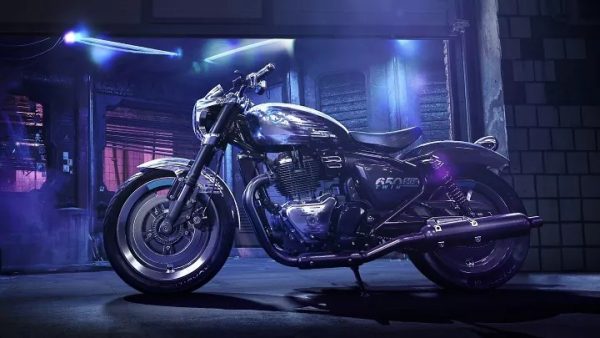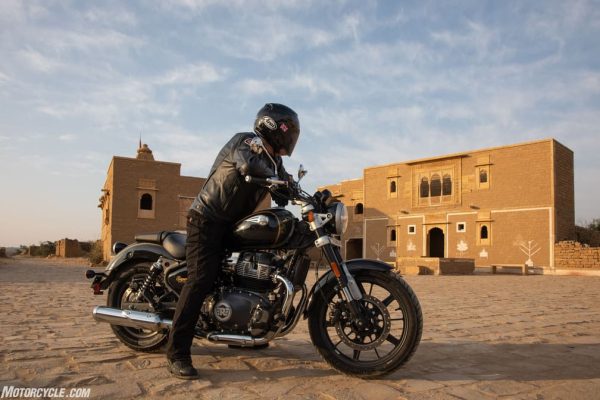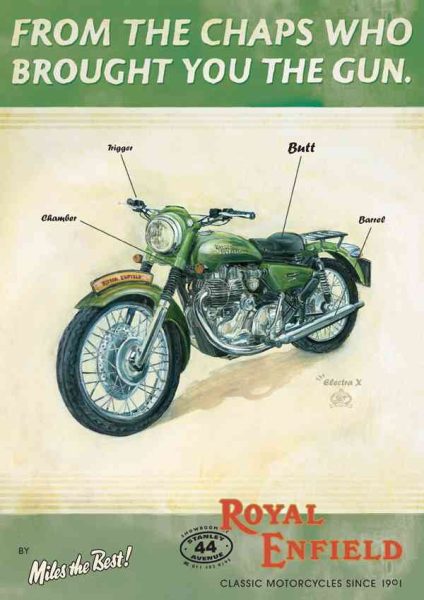Shotgun 650 announced with details
Royal Enfield officially revealed the production Shotgun 650 to the world on 12-December-2023. After the limited edition Motoverse bike, the details of the model to be launched worldwide in 2024 has been revealed. It has the same 650cc engine as seen on the Super Meteor however it has a much higher ground clearance and a very dramatic design that would appeal to factory custom and modern-retro-bike enthusiasts alike. Check out the launch video and artwork below as well as a comparison with its pre-established sibling: FEATURES Royal Enfield Shotgun 650 Royal Enfield Super Meteor 650 Wheelbase 1,465mm (about 57.6 inches) 1,500mm (about 59 inches) Ground clearance 140mm (about 5.5 inches) 135mm (about 5.3 inches) Length 2,220mm (about 87.4 inches) 2,260mm (about 88.98 inches) Width 820mm (about 32.2 inches) 890mm (about 35 inches) Height 1,105mm (about 43.5 inches) 1,155mm (about 45.5 inches) Seat height 795mm (about 31.2 inches) 740mm (about 29.1 inches) Rake and trail 25.3 degrees and 101.4mm (about 4.09 inches) 27.6 degrees and 119.38mm (about 4.7 inches) Fuel capacity 13.8 liters (about 3.6 gallons) 15.7 liters (about 4.15 gallons) Curb weight 240 kilograms (about 529 pounds) 241 kilograms (about 531.3 pounds) LET US KNOW YOUR THOUGHTS ON RECENT MODELS BY ROYAL ENFIELD IN COMMENTS BELOW
Shotgun 650 announced with details Read More »




